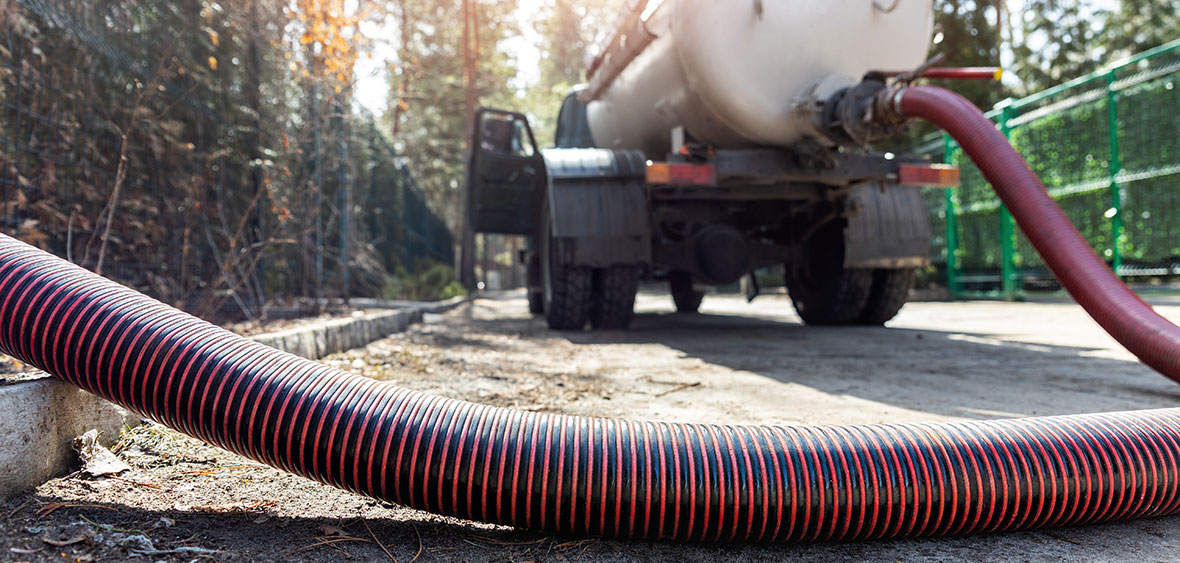If your home or business has mains sewerage connection you may not know what a cesspit or a septic tank is so our latest guide takes a look at both and explains the differences between them.
Where no connection to a mains sewer is available to your home (perhaps you live in a rural location), liquid waste from the toilet still has to be disposed of. In these situations, homes will benefit from either a cesspit or a septic tank, which are both designed to collect waste.
Septic tanks
A septic tank is a sealed unit that is stored underground for the specific purpose of storing waste. Consisting of two linked chambers, the tank separates solid waste from liquid waste. The solid waste is contained within one chamber, while the liquid waste passes through to the second from where it runs into a drainage field (soakaway).
Cesspits
Unlike a septic tank, the cesspit’s much simpler design (a single sealed unit) serves only to store waste matter. No separation takes place and there is no outlet for the waste.
How to empty a cesspit or septic tank
The law is very clear and very firm on how cesspits and septic tanks are emptied. Both require regular emptying and this must be carried out by an Environment Agency-registered waste carrier.
Emptying septic tanks – when the solid waste and liquid waste are separated, the solid waste will settle and form a sludge in the tank’s chamber. This sludge needs to be removed on a regular basis and the frequency of emptying will depend on the tank’s capacity. Generally though, the tank should be emptied once or twice a year. If the sludge has solidified, the tank will need to be serviced. Maintaining a septic tank in this way ensures it will operate efficiently and helps to reduce the risk of blockages.
Emptying cesspits – as with a septic tank, a cesspit requires regular emptying. How often very much depends on the capacity of the cesspit, how many people it services and their water usage and can be carried out annually, quarterly or even monthly where necessary. If a cesspit is not emptied when required, waste can solidify or overflow; as there is no soakaway for a cesspit, if overflow occurs, it will pollute the surrounding area.
Liquid waste disposal from JB Event Facilities
At JB Event Facilities, we are registered with the Environment Agency as upper tier licence holders for waste disposal (licence number CBDU283839). Our own fleet of vacuum pump trucks allows us to offer customers a comprehensive service including portable toilet emptying and tanker servicing, We are able to empty, service and clean all cesspits and septic tanks in line with government regulations. Disposal of all waste is carried out ethically at authorised sites. It’s important to understand cesspit and septic tank emptying and if you are concerned that yours needs to be emptied, cleaned or serviced, our professional team can help. Simply email at info@jbeventfacilities.co.uk or give the team a call on 01280 851200.


